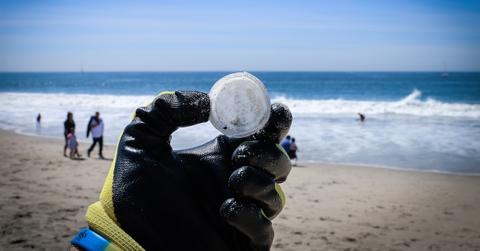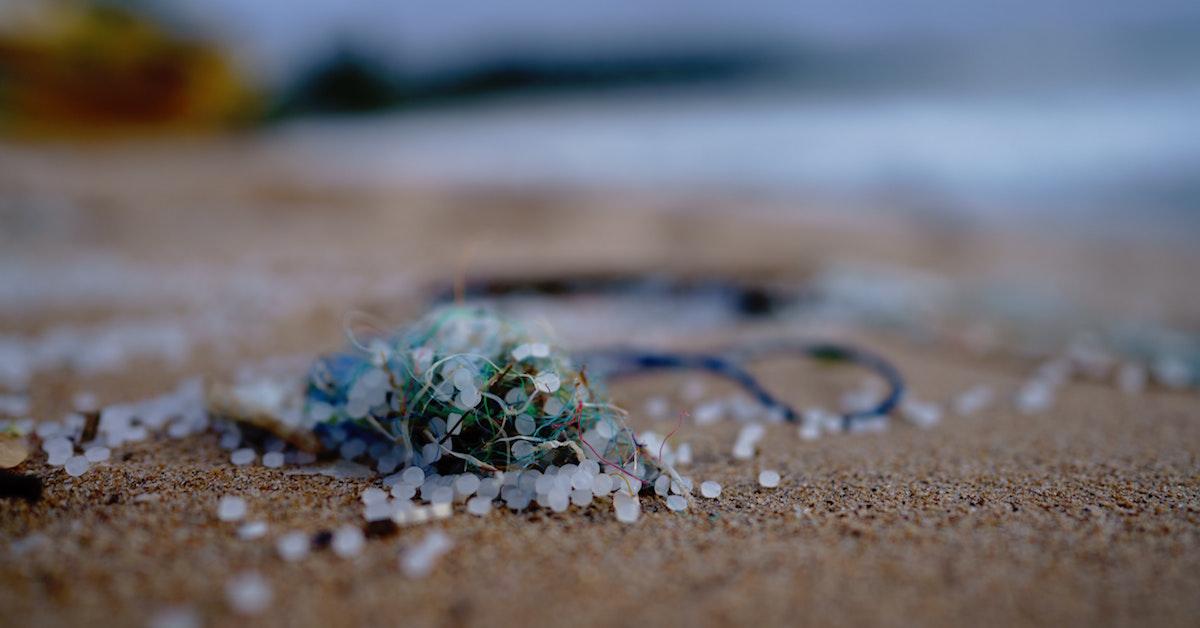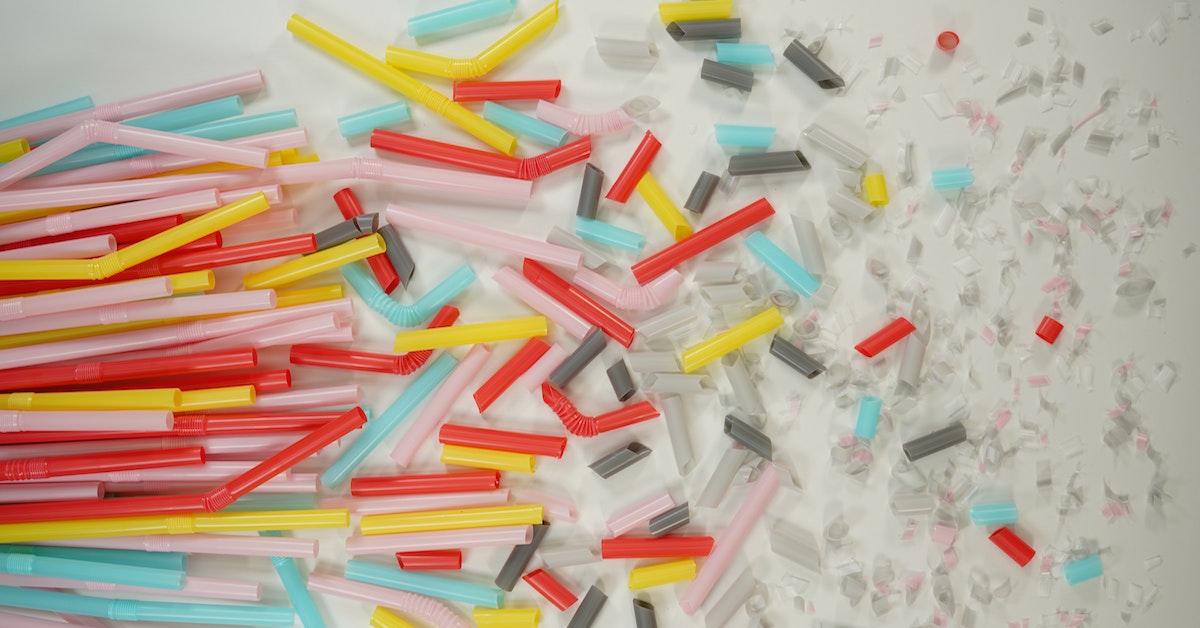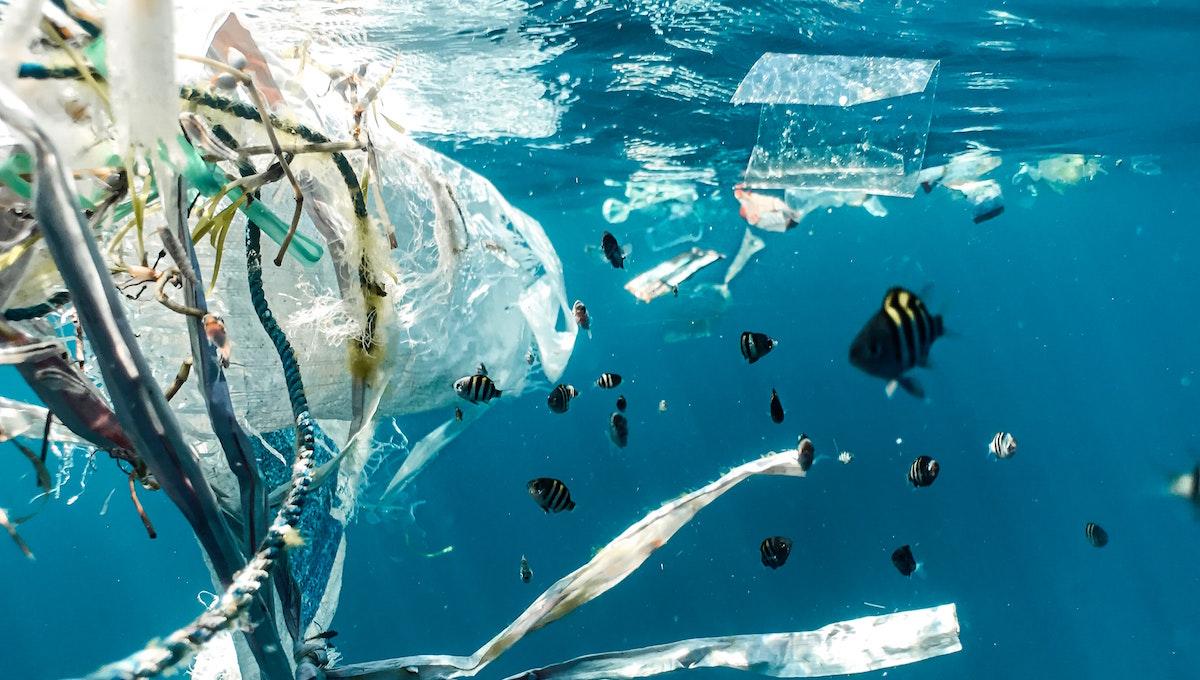The Most Effective Solutions to the Microplastic Crisis
Published Oct. 1 2021, 2:52 p.m. ET

The demand for plastic is greater than it has ever been, and the amount of plastic waste we create has continued to increase exponentially. Microplastics, the synthetic smithereens that result from plastic “breaking down” over time, might be minuscule, but they also present one of humanity's biggest problems. Microplastics have made their way into our rainwater, our soil, our food, and our bodies, but microplastic solutions might already exist. The question is, will they be enough?
Microplastics are everywhere.
When plastic-based products break down, they do not biodegrade — instead, they break down into microplastics, which are the size of a sesame seed or smaller. They are made of numerous different toxic chemical components, making them capable of poisoning everything they touch. Worst of all? They are literally everywhere.
According to the European Environmental Bureau (EEB), microplastics have become such a ubiquitous part of our environment that they are in the air we breathe, the water we drink, the food we eat, and deep within our organ tissues. They have been found in the deepest oceans, trapped in Arctic snow, and in the soil of all seven continents. To be quite frank, the situation is nearly out of control.

Banning certain microplastics might work, but only if companies get on board.
In 2020, the European Union (EU) released a sweeping ban on microplastics which covered about 90 percent of all plastic pollutants. According to The Guardian, the main goal of this ban was to cut plastic pollution by about 400,000 tons over the intervening two decades. On average, about 36,000 tons of microplastic fibers and fragments a year would no longer be permitted to be “intentionally added” to products.
At the same time, plastic microbeads in cosmetics, shaving foam, shower gel, and toothpaste would also be banned. Unfortunately according to EEB, there were some exclusions that made the current bannings somewhat ineffective. Plastic often takes many years to produce, so some regulations won’t take effect until after 2022 — quite a long time for such an exponentially growing problem.
The pace of regulation is slowed further by standard government red tape and bureaucratic nonsense. This means that, based on current projections, microplastic pollution might not be cut in half until 2028 or 2030, before which time the plastic crisis will only have gotten worse.
On top of all this, existing bans in other countries have proven similarly ineffective in terms of getting companies to “play ball,” as it were. For example, clothing made with recycled, synthetic, plastic-based fibers is still being produced, and little effort is being made to prevent microplastic generation through use and washing over time.

Plastic microfiber filtration could help scoop up the problem at home.
The UN Environmental Programme (UNEP) estimates that approximately 35 percent of all ocean microplastic comes from people washing their clothing. Synthetic textiles like fleece and other plastic-based materials break off as they tumble through our washing machines and end up as plastic microfibers, which then flow into the water table.
The solution to this particular problem could be in developing house-based filtration systems capable of capturing these microplastics before they make their way into the sewer. If that works, such technology could be used to solve other "particulate" problems and be repurposed as a means to remove other types of microplastics from waterways the world over. As it happens, this technology does exist in some form or another.
One household solution to control plastic microfibers is the Cora Ball, an oddly shaped, recycled plastic ball that goes directly into your washing machine and captures around 26 percent of sewer-bound microfibers. Another, the Guppyfriend, is a mesh bag you can use to machine wash synthetic fabrics. The Guppyfriend prevents plastic microfiber shedding by a factor of 75 to 86 percent by accumulating the microfibers in the corners of the bag, where they can be scraped off and disposed of properly.
These are just two of the various household gadgets that can minimize the problem. Meanwhile, widespread adoption of existing filtration systems that are capable of removing all microfibers is still slow.
Making such technology affordable for the average consumer and getting appliance companies to include this type of technology in every one of their products may prove difficult. Without legislation that demands that people replace their current appliances with “anti-plastic” ones, widespread adoption might also prove difficult. We've seen it before, with Energy Star appliances.

Magnets could be employed to attract microplastics.
In 2019, the Google Science Fair winner was 18-year-old Fionn Ferreira, of West Cork, Ireland. His experiment proved that using magnetite powder, a type of iron oxide, could be used to clean up oil spills.
However, the same methodology of adding oil and eventually magnetite powder to a suspension of known microplastics created a resultant microplastic ferro-fluid, which could then be removed using strong magnets. The only thing Ferriera hasn’t sorted out yet is how to scale the experiment to the massive levels needed to clean up microplastics from large bodies of water. Still, he believes it is possible.
Mass cleanups may be our best solution.
The Great Pacific Garbage Patch is a big problem all its own, and we can only solve that problem by cleaning things up before it gets any worse. Once that plastic becomes microplastic, it becomes nearly impossible to clean up. Thus, the solution could be removing plastic from the ocean before it becomes micro in the first place. Charities and environmental groups are already working to fix the problem as best they can.
According to L’Aquilla Active, ocean cleanups are the best way to prevent more microplastics from making their way into our planet’s waterways. The Ocean Cleanup Project and other organizations already removed countless tons of garbage from our oceans and have even revealed some exciting new technological innovations that might make the cleanup even easier. The Interceptor, a solar-powered, clean-burning, autonomous catamaran-like machine, was created by Ocean Cleanup CEO Boyan Slat.
The machine is designed to be operated remotely 24/7 and is equipped with lithium-ion batteries. It works by moving down rivers (which feed into oceans) and scooping up plastic into its net, whilst allowing fish and other wildlife to pass through unharmed. The plastic is then sent to onboard conveyor belts and into six onboard dumpsters, which are collectively capable of collecting up to 100,000 kilograms of trash per day.
It's a great start, even if it cannot specifically solve the microplastic problem just yet.